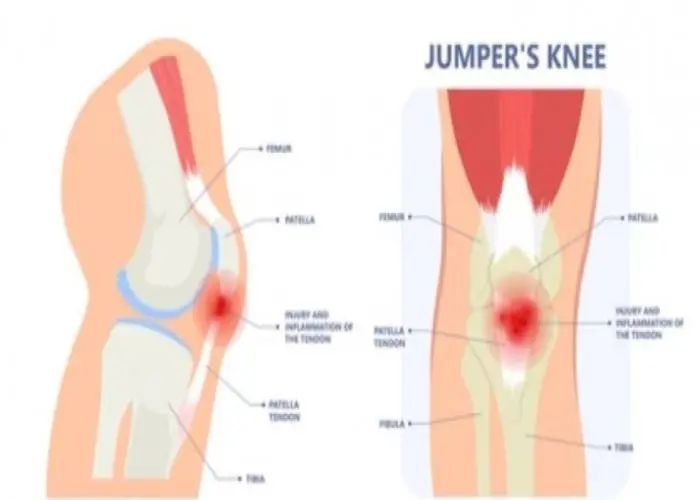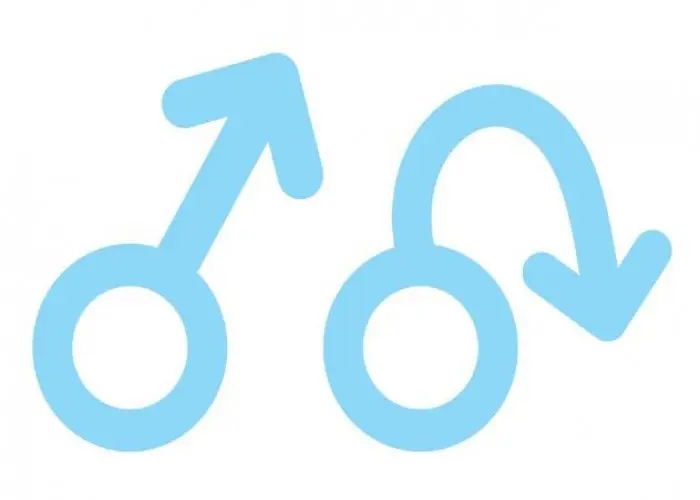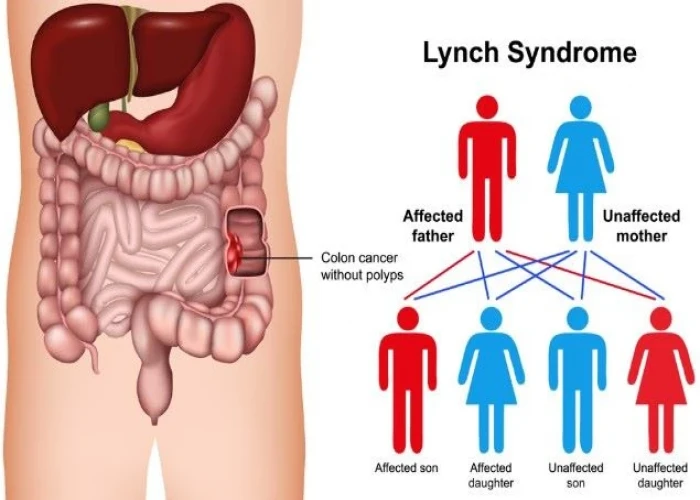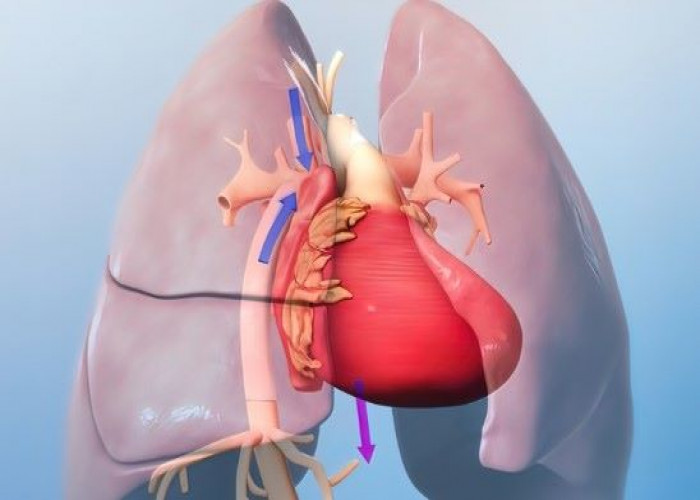 Welcome
Welcome
“May all be happy, may all be healed, may all be at peace and may no one ever suffer."
Hypoplastic left heart syndrome

Hypoplastic left heart syndrome (HLHS) is a rare congenital heart defect in which the left side of the heart is underdeveloped. This means that the left ventricle, which is responsible for pumping oxygen-rich blood to the body, is too small and unable to perform its function properly.
HLHS is typically diagnosed before or soon after birth. Symptoms of HLHS may include difficulty breathing, poor feeding, and bluish skin color.
Treatment for HLHS typically involves a series of surgeries to help redirect blood flow and improve heart function. These surgeries are typically done in stages, starting with a procedure known as the Norwood procedure in the first days of life, followed by a Glenn procedure at 4 to 6 months of age, and finally the Fontan procedure around 2 to 3 years of age.
In some cases, a heart transplant may be necessary if the heart is too damaged to be repaired. Ongoing medical care and monitoring is also necessary to manage any complications and ensure the best possible outcomes.
It is important for parents of children with HLHS to work closely with their healthcare provider to ensure the best possible care for their child. With proper treatment and management, many children with HLHS can go on to live healthy and productive lives.
Research Papers
Disease Signs and Symptoms
- Blue skin (cyanosis)
- Cold hands and feet
- Weak pulse
- Rapid pulse
- Being unusually drowsy or inactive
- Abnormal breathing that may be either slow and shallow or very rapid
- Lackluster eyes that seem to stare
- Opening of the urethra at a location other than the tip of the penis
Disease Causes
Hypoplastic left heart syndrome
Hypoplastic left heart syndrome occurs when the baby's heart is developing in the womb. The cause is unknown. However, if your family has one child with hypoplastic left heart syndrome, the risk of having another with a similar condition is increased.
A normal heart has four chambers, two on the right and two on the left. In performing its basic job — pumping blood throughout the body — the heart uses its left and right sides for different tasks.
The right side moves blood to the lungs. In the lungs, oxygen enriches the blood, which then circulates to the heart's left side. The left side of the heart pumps blood into a large vessel called the aorta, which circulates the oxygen-rich blood to the rest of the body.
What happens in hypoplastic left heart syndrome
In hypoplastic left heart syndrome, the left side of the heart can't properly supply blood to the body because the lower left chamber (left ventricle) is too small or in some cases doesn't exist. In addition, the valves on the left side of the heart (aortic valve and mitral valve) don't work properly, and the main artery leaving the heart (aorta) is smaller than normal.
For the first days of life, the right side of the heart can pump blood both to the lungs and to the rest of the body through a blood vessel that connects the pulmonary artery directly to the aorta (ductus arteriosus). The oxygen-rich blood returns to the right side of the heart through a natural opening (foramen ovale) between the right chambers of the heart (atria). When the foramen ovale and the ductus arteriosus are open, they are referred to as being "patent."
If the ductus arteriosus and the foramen ovale close — which they normally do after the first day or two of life — the right side of the heart has no way to pump blood out to the body. In babies with hypoplastic left heart syndrome, medication is necessary to keep these connections open and keep blood flowing to the body until heart surgery is performed.
Disease Prevents
Hypoplastic left heart syndrome
There's no way to prevent hypoplastic left heart syndrome. If you have a family history of heart defects, or if you already have a child with a congenital heart defect, consider talking with a genetic counselor and a cardiologist experienced in congenital heart defects before getting pregnant.
Disease Treatments
Hypoplastic left heart syndrome is treated through several surgical procedures or a heart transplant. Your child's doctor will discuss treatment options with you.
If the diagnosis has been made before the baby is born, doctors usually recommend delivery at a hospital with a cardiac surgery center.
Your baby's doctor might recommend several options to help manage your baby's condition before surgery or transplant, including:
- Medication. The medication alprostadil (Prostin VR Pediatric) helps widen the blood vessels and keeps the ductus arteriosus open.
- Breathing assistance. If your baby has trouble breathing, he or she may need help from a breathing machine (ventilator) to get enough oxygen.
- Intravenous fluids. Your baby will receive fluids through a tube inserted into a vein.
- Feeding tube. If your baby has trouble feeding or tires while feeding, he or she can be fed through a feeding tube.
- Atrial septostomy. This procedure creates or enlarges the opening between the heart's upper chambers (atria) to allow more blood flow from the right atrium to the left atrium if the foramen ovale closes or is too small. If your baby already has an atrial septal defect, an atrial septostomy might not be necessary.
Surgeries and other procedures
Your child will likely need several surgical procedures to treat hypoplastic left heart syndrome. Surgeons perform these procedures to create separate pathways to get oxygen-rich blood to the body and oxygen-poor blood to the lungs. The procedures are done in three stages.
- Norwood procedure. This surgery is usually done within the first two weeks of your child's life. There are several ways to do this procedure.
- Surgeons reconstruct the aorta and connect it to the heart's lower right chamber (right ventricle). Surgeons insert a tube (shunt) that connects the aorta to the arteries leading to the lungs (pulmonary arteries), or they place a shunt that connects the right ventricle to the pulmonary arteries. This method allows the right ventricle to pump blood to both the lungs and the body.
- In some cases, a hybrid procedure is done. Surgeons implant a stent in the ductus arteriosus to maintain the opening between the pulmonary artery and aorta. Bands placed around the pulmonary arteries reduce blood flow to the lungs and create an opening between the atria of the heart.
- After the Norwood procedure, your baby's skin will still have a blue coloring because oxygen-rich and oxygen-poor blood continue to mix within the heart. Once your baby successfully passes through this stage of treatment, the odds of survival can increase.
- Bidirectional Glenn procedure. This procedure is generally the second surgery. It's done when your child is between 3 and 6 months of age. Doctors remove the first shunt attached to the pulmonary arteries, and then connect one of the large veins that normally returns blood to the heart (the superior vena cava) to the pulmonary artery instead. If surgeons previously performed a hybrid procedure, they'll follow additional steps during this procedure.
- This procedure reduces the work of the right ventricle by allowing it to pump blood mainly to the aorta. It also allows most of the oxygen-poor blood returning from the body to flow directly into the lungs without a pump.
- After this procedure, all the blood returning from the upper body is sent to the lungs, so blood with more oxygen is pumped to the aorta to supply organs and tissues throughout the body.
- Fontan procedure. This surgery is usually done when your child is between 18 months and 4 years of age. The surgeon creates a path for the oxygen-poor blood in one of the blood vessels that returns blood to the heart (the inferior vena cava) to flow directly into the pulmonary arteries. The pulmonary arteries then transport the blood into the lungs.
- The Fontan procedure allows the rest of the oxygen-poor blood returning from the body to flow to the lungs. After this procedure, there's minimal mixing of oxygen-rich and oxygen-poor blood in the heart, and your child's skin will no longer look blue.
- Heart transplant. Another surgical option is a heart transplant. However, the availability of a heart to be used for transplant is limited, so this option is not used as often. After a heart transplant, your child will need medications throughout life to prevent rejection of the donor heart.
Disease Diagnoses
Disease Allopathic Generics
Disease Ayurvedic Generics
Disease Homeopathic Generics
Disease yoga
Hypoplastic left heart syndrome and Learn More about Diseases

Spinal cord tumor

Presbyopia

Impacted wisdom teeth

Latex allergy

Baker's cyst

Erectile dysfunction

Premature ejaculation

Lynch syndrome
hypoplastic left heart syndrome, হাইপোপ্লাস্টিক বাম হার্ট সিনড্রোম
To be happy, beautiful, healthy, wealthy, hale and long-lived stay with DM3S.
